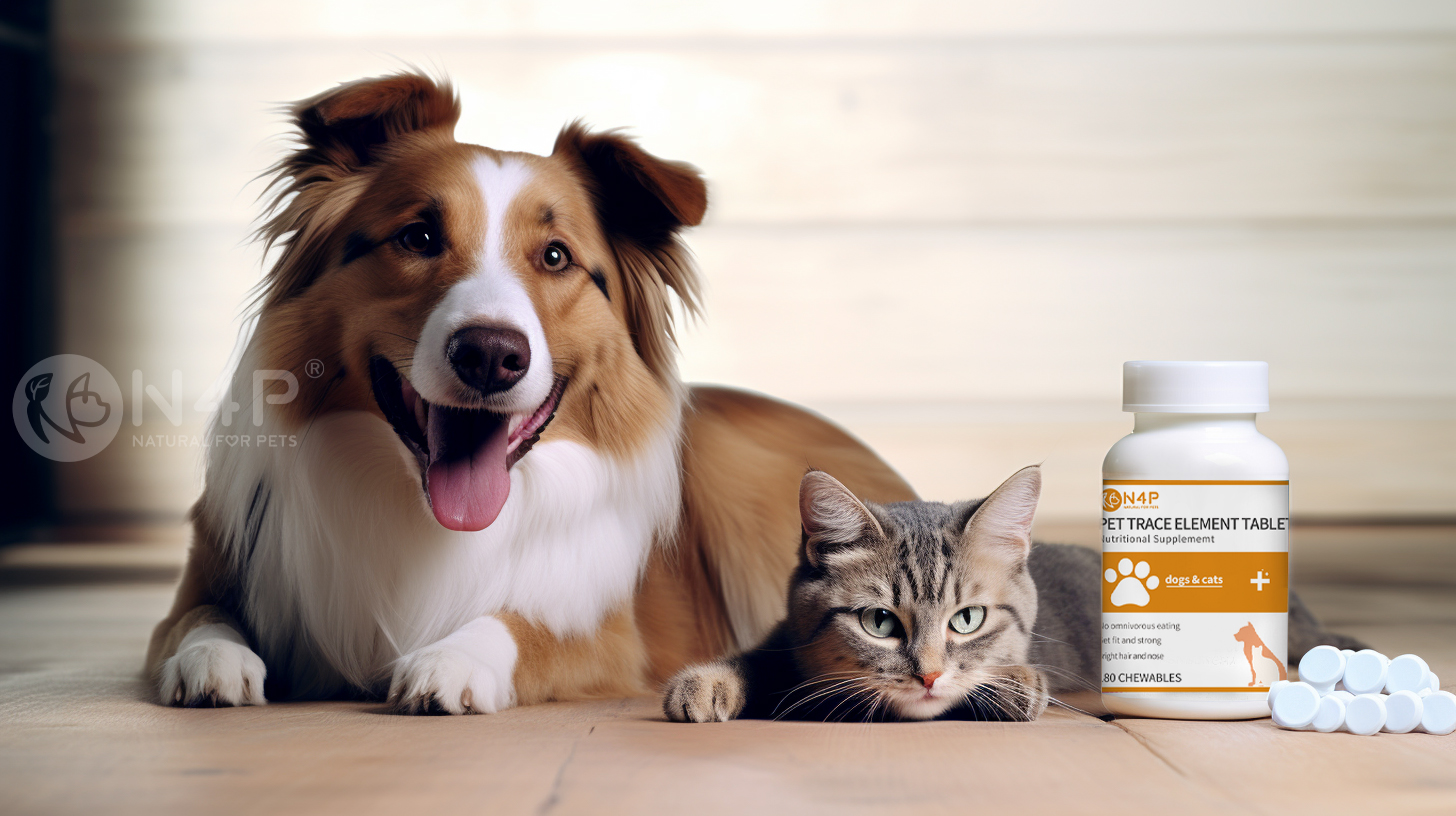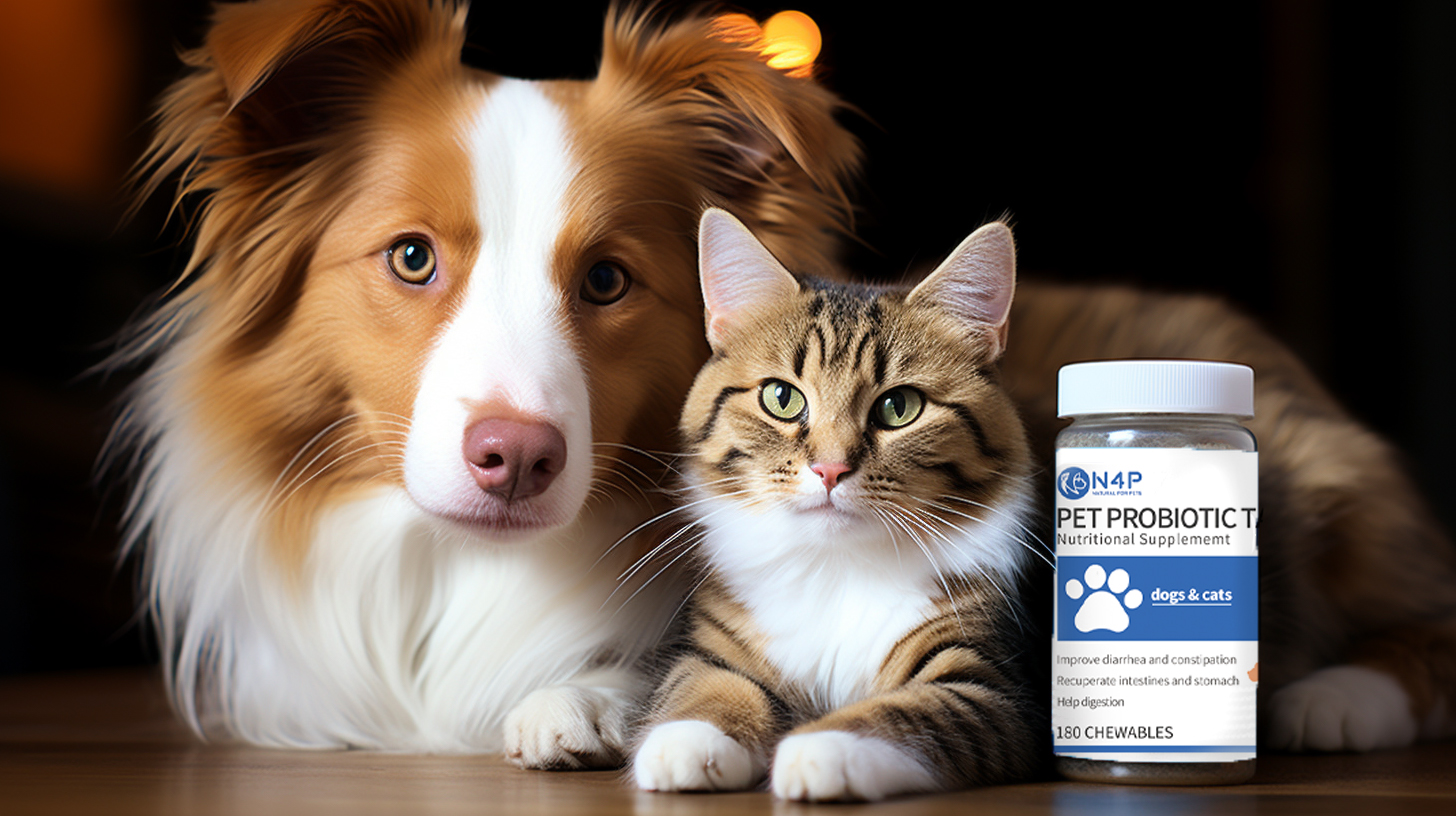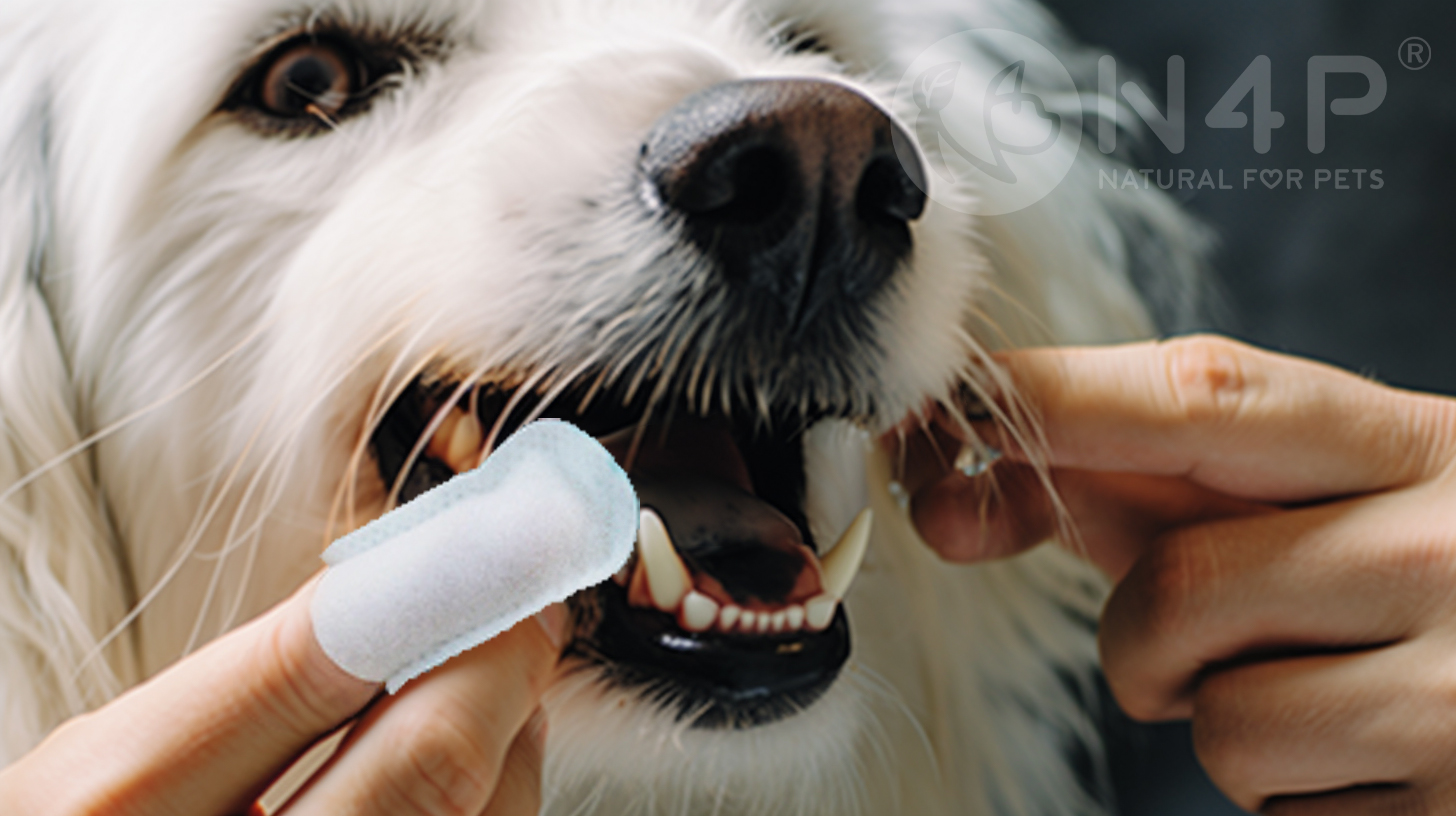In this Article
- Characteristics of Silky Terriers
- Caring for Silky Terriers
- Health Problems to Watch for With Silky Terriers
- Special Considerations for Silky Terriers
- History of Silky Terriers
Silky terriers are beloved companion pets in the toy group. They’re friendly dogs that are quick to share their high spirits with their families.
They have many of the positive characteristics of small dogs, like their feisty personalities. Luckily, they’re not yappy or fragile. These dogs will be your staunch supporters and are happy to accompany their humans on all kinds of adventures.
Characteristics of Silky Terriers
Silky terrier size. Silky terriers are small dogs. On average, they’re nine to 10 inches tall at the shoulder. They should weigh about 10 pounds. Talk to your veterinarian, though, if you’re concerned that your dog is underweight or overweight.
This small size makes the silky a portable companion pet. They can travel with you just about anywhere with ease.
Body shape. Silky terriers are slightly longer than they are tall. They have medium-wide chests that extend to their elbows.
There’s a delicateness to their bone structure, but their thighs are muscled and strong. Their legs end in compact, cat-like feet.
They have flat skulls that are slightly longer than their muzzles. Their small ears are set high on their heads.
These elements combine to create an elegant shape, but these dogs are still tough enough to hunt down domestic rodents — a job they were bred to perform.
Lifespan. The silky terrier lifespan is typical for their size. They live an average of 13 to 15 years. You should be prepared for well over a decade with one of these dogs before you bring a puppy home.
Coat. As their name suggests, the silky terrier’s coat is long and silky. It has a similar feel to human hair. It even behaves like human hair. The coat should fall in straight, glossy lines.
The American Kennel Club (AKC) recognizes six color combinations for the breed, including:
- Black and tan
- Blue and tan
- Blue, silver, and tan
- Gray and tan
Eyes. Their eyes are small and appear almond-shaped. The breed standard prefers dark colors, but their eyes can also be light.
Personality. The silky terrier personality is friendly and alert. They’re sturdy, charming companions that have an enthusiasm for the world around them.
Despite the small size, the silky terrier temperament shouldn’t be shy or overly nervous. Instead, they will most often be energetic and high-spirited. The AKC rates them a five out of five for their affection for their families.
Caring for Silky Terriers
Grooming. Silky terriers have moderate grooming needs. You should brush your pet at least twice a week with a gentle brush. You can use a fine-toothed comb to work through any tangles that start to form. Tangles can irritate your pet’s skin and shouldn’t be left untreated for too long. You should also give your dog a bath about once a month with a dog-safe shampoo.
Check their skin, ears, and eyes for any debris or irritation while you groom them. Trim their nails regularly. Brush their teeth daily to help prevent dental disease.
Feeding. Feed your silky terrier a high-quality dog food that they enjoy. The food should be formulated for a small or toy breed. Also, make sure that it’s specific to whatever stage of life that your dog is at.
Always consult your veterinarian before choosing to make an at-home blend for your dog. Making your own food can be a complicated process. You need to make sure that you’re meeting all of your dog’s nutritional needs, many of which will change as your dog grows.
Avoid bones and foods with high-fat content. Make sure that you know which human foods are safe for your dog to eat before you give them anything from your own kitchen.
Also, make sure that your dog can access clean water at all times.
Exercise and Mental Stimulation. Silkies have greater energy requirements than many toy breeds. They love spending time with their families and will look to you for help exhausting their excess energy.
You can channel their energy in productive ways like taking them on daily walks and training them for games and dog sports. This breed tends to do particularly well in agility competitions and other companion events.
They have moderate mental stimulation needs. You can keep them with you while you complete daily tasks in order to entertain them and fit in some exercise at the same time.
Veterinary visits, medications, and immunizations. All dogs need a core set of vaccinations. Talk to your veterinarian to figure out the best schedule for this necessary set.
Examples of core vaccines include ones for:
- Canine parvovirus
- Distemper
- Adenovirus
- Parainfluenza virus
- Rabies
These can begin as early as six weeks of age. There are also other, non-core vaccinations that you can discuss with your veterinarian as well.
Heartworm medication is recommended year-round in all parts of the U.S.
Dosages for flea and tick medications are based on your dog’s weight. Oral and skin-based applications are available from your veterinarian and other distributors.
Many of these medications can be effective against a variety of pests and parasites, so talk to your veterinarian to figure out the best ones for your dog.
Health Problems to Watch for With Silky Terriers
Silky terriers could develop a number of health problems throughout their lifetime. Some members of the breed will even be born with health concerns.
Common silky terrier health issues include:
- Cataracts. These will slowly lead to blindness in your dog. They can sometimes be treated with surgery, but your dog is also capable of adjusting to this condition as they age.
- Cushing’s disease. This is an adrenal problem that develops slowly. Early signs include drinking and peeing more than normal. Later signs include hair loss and the development of a potbelly.
- Liver problems. One particular liver problem is portosystemic shunt (PSS). This condition keeps your dog’s liver from properly filtering their blood. That can cause problems with their growth and even seizures. Treatment can involve diet, medication, and surgery.
- Hip deterioration. Specifically, Legg-Calves-Perthes disease is a condition that causes your dog’s hip to deteriorate to the point of breaking. It usually occurs in puppies between six and nine months old and requires surgery to treat. Bring your dog to the veterinarian immediately if you notice them suddenly start limping or having problems with their back legs.
- Patellar luxation. This is a common cause of lameness in dogs that’s due to problems with your pet’s knee joint. They could be born with the condition or develop it following an injury. The treatment will depend on how severe your dog’s condition is but could include surgery.
- Pyometra. This is a uterine infection that can be dangerous for your dog. It only affects females that still have their uterus in place. The most effective solution is to remove the uterus.
- Idiopathic epilepsy. This is a condition where your dog can have unexplained seizures. Get them to the veterinarian as soon as possible.
- Allergies and skin infections. Your silky’s skin is particularly susceptible to certain skin problems, so talk to your veterinarian if you notice excessive itching, redness, bald patches, or discharge coming from wounds on your dog’s skin. There are different medications that can help, but it depends on the underlying condition.
- Thyroid problems. In cases of hypothyroidism, your dog’s body can’t make enough thyroid hormones. Signs can include weight gain, dry skin, hair loss, and behavioral problems. Your veterinarian should screen for this condition on an annual basis after your pet has turned four years old. Treatment usually takes the form of a pill to replace the hormones.
Special Considerations for Silky Terriers
Before you bring a silky terrier into your home, there are a few things that you should keep in mind. They’re only moderately good with young children and other dogs. The AKC rates them a three out of five for both traits.
They rarely — if ever — drool, but they do bark excessively. The AKC rates them a four out of five for their tendency to bark at the slightest provocation.
History of Silky Terriers
Silky terriers were created in Australia near the beginning of the 20th century. That’s why they’re called Australian silky terriers everywhere outside of the U.S. They were created by combining terrier breeds that were brought to the continent by English settlers.
The Yorkshire terrier and the Australian terrier feature heavily in the silky’s breeding history. There could also be traces of other breeds in their background, though, including:
- Cairns
- Dandie Dinmonts
- Skye terriers
At first glance, Silkies look a lot like other ratter breeds. These are dogs that were bred to hunt domestic rodents for their owners. They’re smaller than the Australian terrier but bigger than the Yorkshire terrier.
In the early 1900s, Australia had two conflicting standards for silky terriers. One was created in Sydney in 1906 and the other in Victoria in 1909. For over a decade, these standards divided the breed into distinct looks. This was resolved in 1926 when a single, uniform standard was created.
The dogs have thrived as contented companions ever since.







